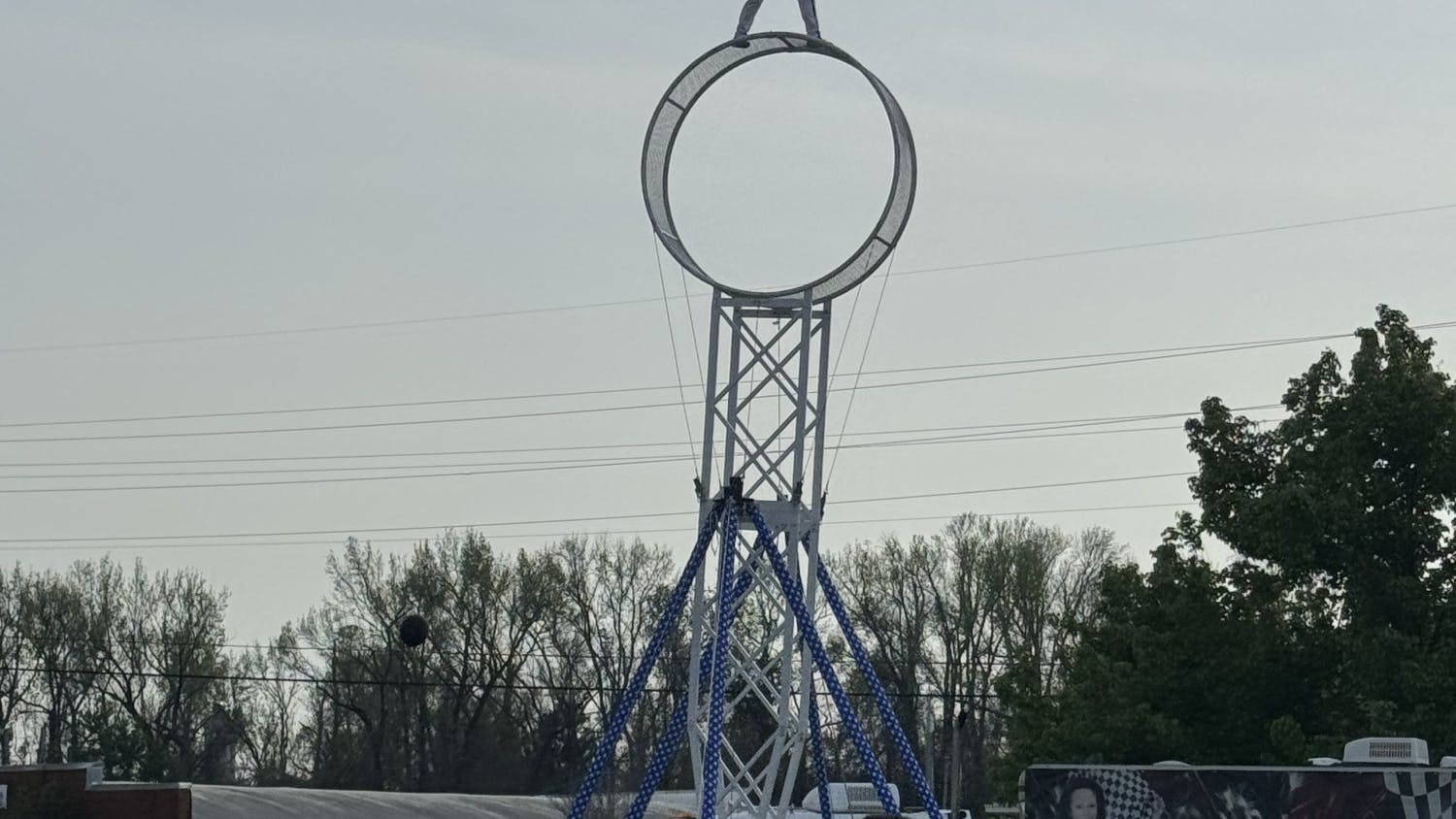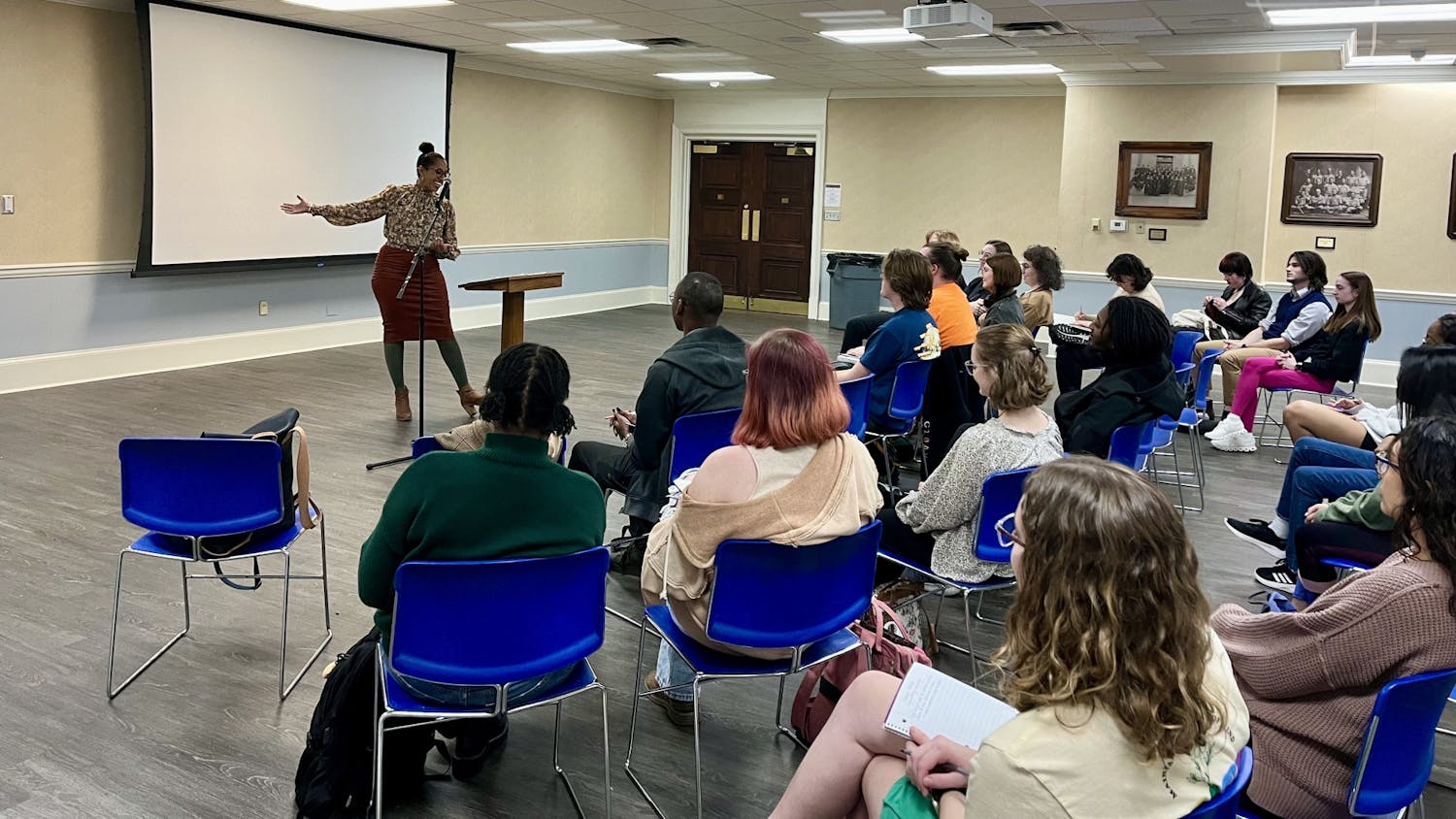When it comes to animated shows, they seem to be spiraling down in quality. Cartoon Network has been reduced to airing live-action shows such as “Dude What Would Happen?“ or “Unnatural History”. The golden age of cartoons seems to have passed by with “Samurai Jack”, “Courage the Cowardly Dog” or the long-running “Ed, Edd, and Eddy.” These shows were usually open and entertaining to most audiences and more often than not were enjoyed by whoever was watching. The new shows available do not seem to have this same ability; they seem to only be focusing on a very tight niche in their audience with each show. Two examples that seem to rise above this are “Adventure Time” and “Regular Show.”
When they both aired, each seemed only to be a ragtag collection of episodes with little to no plot. Each episode contained different and new wacky adventures in strange locations that were designed to grab the audience’s attention for the duration of the episode. Both shows achieved this perfectly, offering new worlds and characters for the audience to interpret. This practice, although initially successful, fails to work after longer periods of time. Without a continuous plot the episodes become pointless without character development. For younger audiences this is perfectly acceptable, but for those who continuously track a show it has the potential to quickly become stale.
In this regard, “Adventure Time” managed to surpass “Regular Show”. While both shows started out as random episodes, Pendleton Ward, the creator of “Adventure Time”, quickly came up with an extremely elaborate backstory and character connections. The world in which the show is set is called Ooo. It is a post-apocalyptic Earth that was destroyed in the Great-Mushroom War. In the rare full-globe shots the show provides, the earth has huge chunks missing from it as if it were a half-eaten apple. From this spawned all of the strange characters that the main characters, Finn and Jake, encounter.
Each of the main characters in the show have their own detailed backstory. The main antagonist, The Ice King, is at first seen as only a deranged lunatic whose sole purpose in life is to steal princesses. Later his backstory is revealed, over the course of several unrelated episodes, to prove that he lived before the Mushroom War and is in fact very easy to sympathize with.
Another main character is Marceline the Vampire Queen. She is introduced at first only as a harbinger of chaos and pain, but in time her backstory places her as one of the shows most-liked characters. There are several other characters who receive very detailed backstories, each helping to connect the audience with the show.
Throughout the series the show not only establishes a rich storyline but also attempts to handle themes that may not be expected on a Cartoon Network show: body image in “Princess Monster Wife”, sexuality in “The Hard Easy”, transgender identity in “Princess Cookie”, god complexes in “All the Little People”, rape in “Hug Wolf”, Asperger’s syndrome in “You Made Me” and Alzheimer’s in “I Remember You”. All of these important issues are approached in an understandable way that makes it easy for any audience to comprehend.
Another rarity is the large and primary focus on female characters. The show routinely promotes a positive female image by having most of the sub-characters being princesses with full control over their respective kingdoms.
“Adventure Time” offers viewers a unique, fun world with a rich and intriguing storyline. When compared to other contemporary cartoons, “Adventure Time” shines above with its ability to reach and connect with many different target groups, be they young children who only need stories of adventure or older viewers who are looking for interesting portrayals of modern societal issues.




